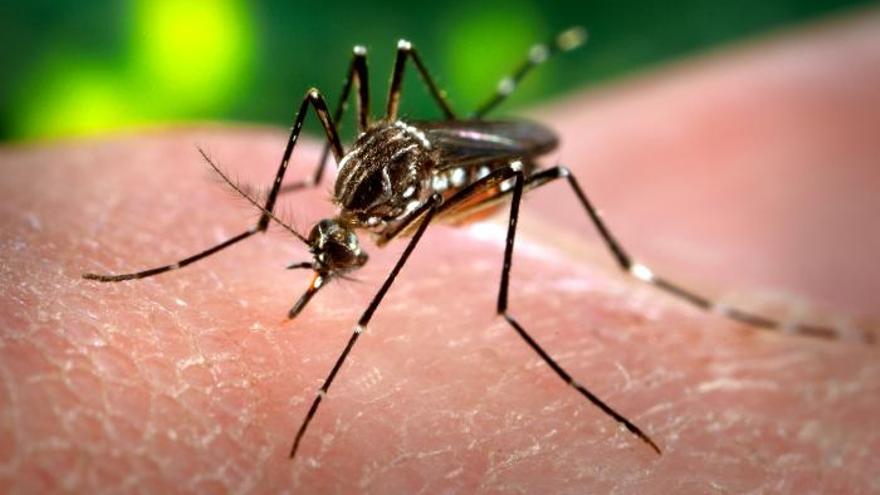
The Ministry of Health of the Government of the Canary Islands has identified the risk points near the home in Santa Cruz de Tenerife where specimens of the mosquito were detected on Tuesday Aedes aegyptiand has identified a plant that was in the house as a possible breeding ground.
The Entomological Surveillance System of the Canary Islands, coordinated by the General Directorate of Public Health, has perimetered the area to inspect and locate possible breeding sites, and will trace the suspicious plant, which had been recently acquired.
The affected homes are also being inspected between today and tomorrow to proceed with fumigation work if necessary.
Health has reported that no bites from this mosquito have been reported, whose presence does not imply the transmission of diseases such as dengue, Zika, yellow fever or chicungunya, because they are not present in the Canary Islands, except for sporadic imported cases. .
The Aedes aegypti is a black-striped mosquito, smaller than the usual ones on the islands, which appears more in urban environments and has adapted to breed in small man-made water spots.
The Entomological Surveillance system of the Canary Islands remains active after the detection of larvae on La Palma in March this year, with no more larvae or mosquitoes appearing.
This last detection of the mosquito was communicated by a citizen who found specimens, a person who has not received any bites but who knew the species, for which reason he sent photos.
















